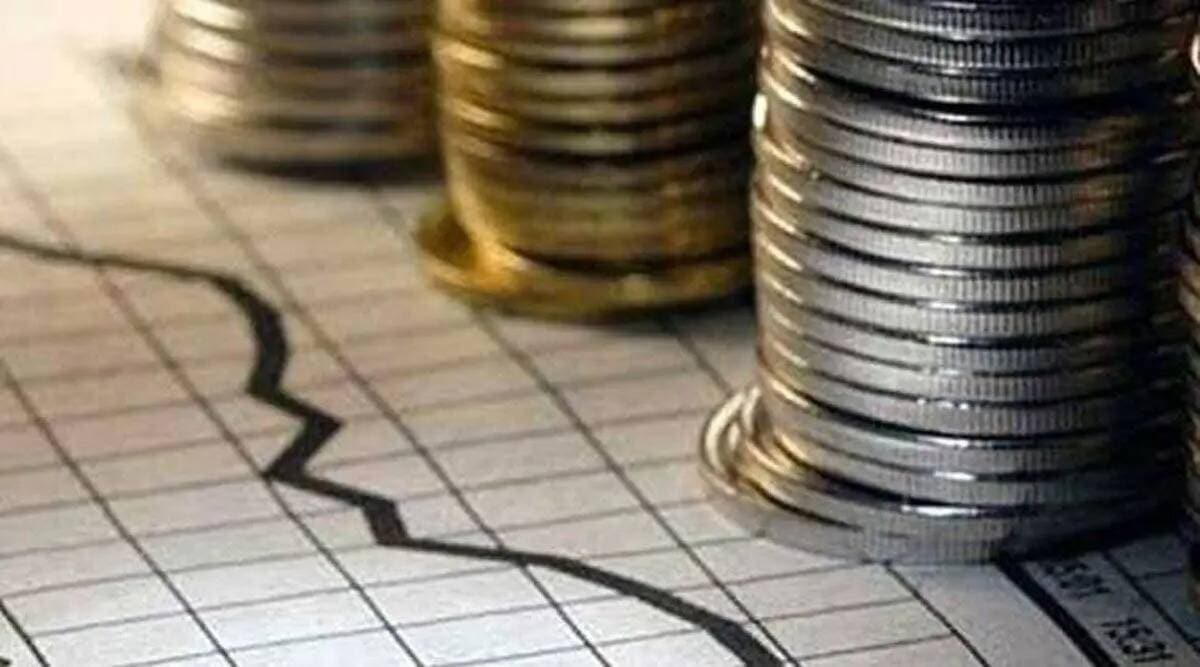 The survey shows that Delhi ranked third in terms of per capita income and is behind Goa and Sikkim. (Representational)
The survey shows that Delhi ranked third in terms of per capita income and is behind Goa and Sikkim. (Representational) Despite the pandemic, Delhi’s Gross State Domestic Product (GSDP) has touched Rs 9,23,967 crore in 2021-22, a growth of 17.65% as compared to last year. According to the Delhi Economic Survey 2021, presented by Deputy CM Manish Sisodia in the Assembly Friday, the GSDP at current prices also increased by 50% in the last six years – from Rs 6,16,085 crore in 2016-2017 to Rs 9,23,967 crore in 2021-22.
The survey shows that Delhi ranked third in terms of per capita income and is behind Goa and Sikkim. “Delhi’s per capita income in 2021-22 at current prices has been worked out to Rs 4,01,982 as against Rs 3,44,136 in 2020-21, showing a growth of 16.81%. The average per capita income of Delhi was three times higher than the national level per capita income,” the report says.
However, the survey shows the revenue surplus has slightly declined by 0.04% in 2021-22 in comparison to the previous year.
It also shows that that the fiscal deficit in Delhi has also widened in the last financial year: “There is a fiscal deficit of Rs 9,972.96 crore during 2020-21 as compared to the fiscal deficit of Rs 3,227.79 crore in 2019-20 which is 1.27% of GSDP as compared to 0.41%.”
According to survey, during 2021-22, the transport sector was allocated the major share of about 23.45% of the total budget allocation of schemes and projects, followed by education (19.52%), Medical and Public Health (13.74%), social welfare (11.74%), Water supply and sanitation (8.66%), Energy (8.53%) and Housing & Urban Development (8.51%).
The survey also showed that daily average ridership in DTC and cluster buses dipped due to Covid restrictions.
The economic survey further shows that total fertility rate (TFR) of 1.5 in Delhi is among the lowest in India (all India level – 2.2), which indicates the achievement of the replacement rate. On the same lines, the crude death rate of 3.3 per cent in Delhi is the lowest in the country.
The infant mortality rate also decreased in Delhi by 20.37 in 2020 to 24.12 in 2019.
The number of consumers of electricity in Delhi has also sharply increased in the last ten years from 43.01 lakh in 2011-12 to 63.87 lakh in 2020-21. While the peak demand has increased from 5028 MW in 2011-12 to 6314 MW in 2021-21.
As per the survey, after reforms in the power sector, the aggregate technical and commercial losses in Delhi has reduced significantly from 52 percent in 2002 to 6.92 percent in 2020-21.
The Delhi government is also planning to set up more ‘Waste to Energy’ plants at Bhalswa (15MW) and 25MW plant at Tekhand and expansion of existing WTE at Ghazipur. Currently, the city has three WTE plants at Timarpur+Okhla (20MW), Ghazipur (12 MW) and Narela-Bawana (24 MW) with a total capacity of 56 MW in operation.
“The income from manufacturing has increased from Rs 18,907 crore in 2011-12 to Rs 42,230 crore in 2021-22,” shows the report. It also shows 93 % of households in Delhi have direct access piped water daily and 88 percent.
The budget session also saw a heated discussion on the “delay” in holding MCD polls. “Rather than thinking about the position of India amidst the war between Ukraine and Russia, the PM is concerned about MCD elections. He is so scared of Kejriwal that he has come down to the level of running MCD instead of running the country,” said Sisodia.
To which BJP MLA from Rohini Vijender Gupta said, “AAP’s role in the past seven years has been of a ‘villain’ with an aim to reap political gains out of the misery of the people of Delhi…”
- The Indian Express website has been rated GREEN for its credibility and trustworthiness by Newsguard, a global service that rates news sources for their journalistic standards.

